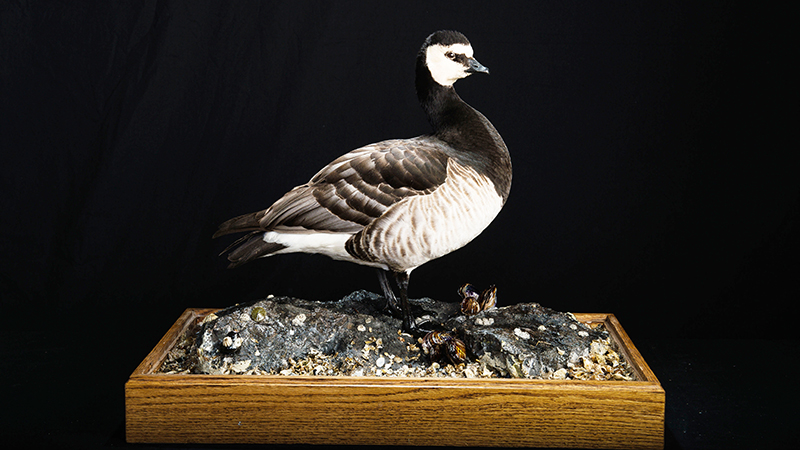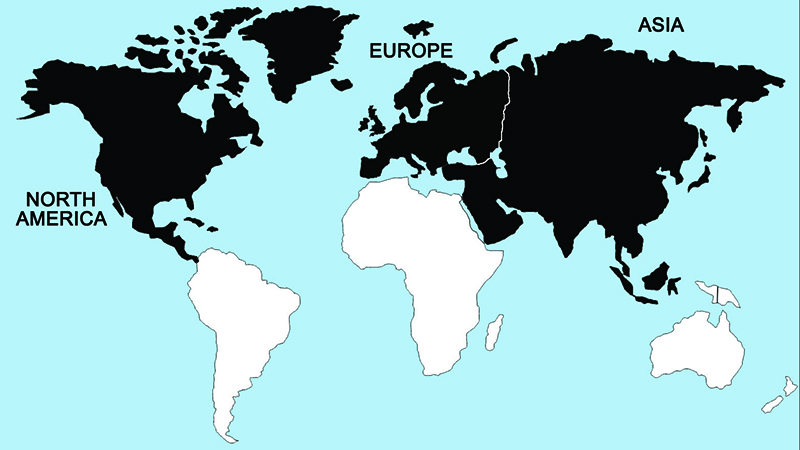Barnacle Goose

On Novaya Zemlya, these geese typically seek out rocky outcrops, ledges of steep cliffs, or the tops of low hills for nesting, which is done in scattered colonies that are highly conspicuous. Observations in northeastern Greenland indicate comparable nest sites, as on a nearly vertical basalt exposure about 50 meters high, where the birds chose flat and gently sloping ledges about nearly a yard deep and one or two yards wide. Evidently nest sites are often used year after year and gradually accumulate nesting materials. The clutch size typically ranges from 4–6 eggs, but up to nine have been reported. The inaccessibility of nests to most ground predators probably reduces nesting losses and is presumably the reason for the cliff-side nesting; even the birds have difficulty in landing on the small ledges. Incubation is performed by the female alone and requires from 24–25 days. There is evidently a rather high incidence of non-nesting or unsuccessful nesting, judging from the low percentages of goslings reported both on the breeding grounds and in wintering areas.
Regions Birds Are Found

Collection Location & Year
Russia - Siberia 2002
Taxonomy
| Order | Anseriformes |
|---|---|
| Family | Anatidae |
| Tribe | Anserini |
| Species | Branta |
| Genus | leucopsis |
Gender
Male
References
- Johnsgard, P. A. 1975b. Waterfowl of North America. Bloomington, IN: Indiana Univ. Press.
- Johnsgard, P. A. 1978. Ducks, Geese and Swans of the World. Lincoln, NE: Univ. of Nebraska Press.
- Elliot, A., J. del Hoyo, J. Sargatal, and C. Imboden, eds. 1992. Handbook of Birds of the World. Vol. 1 (Ostriches to Ducks). Barcelona, Spain: Lynx Editions.
- Kear, J. 2005. Ducks, Geese and Swans. London, UK: Oxford University Press.